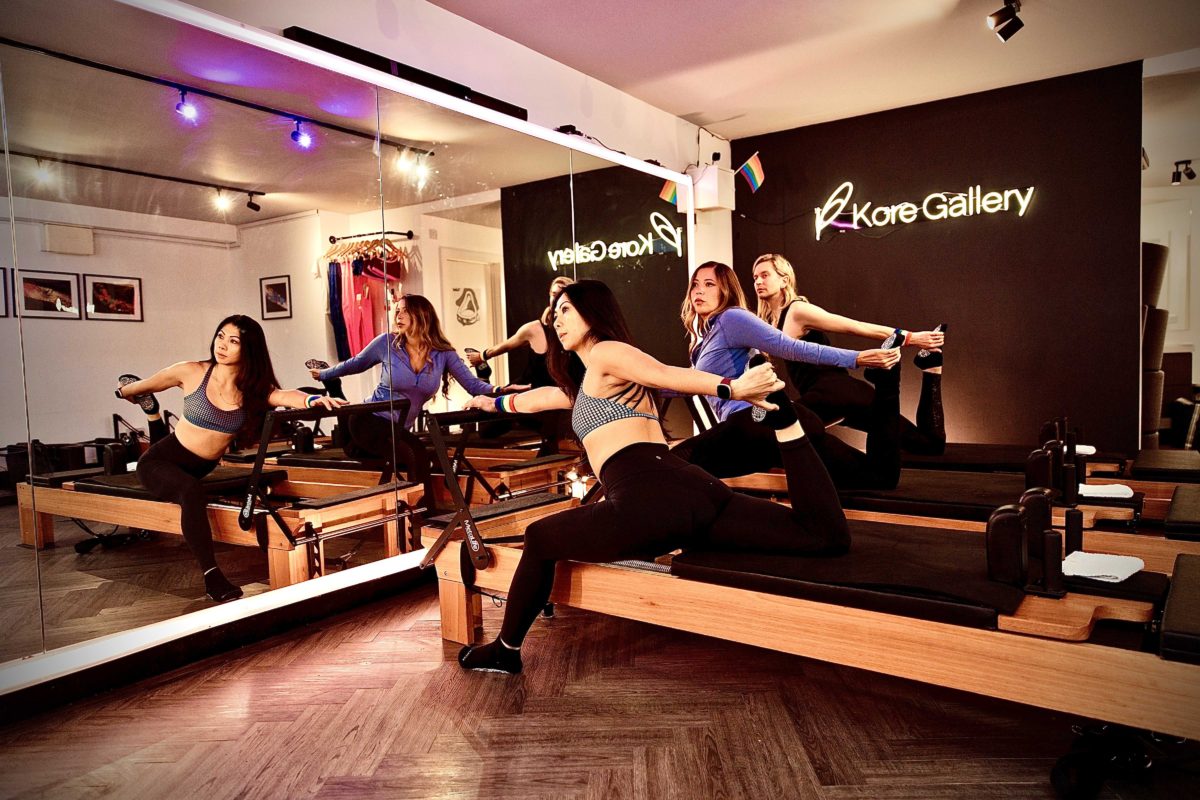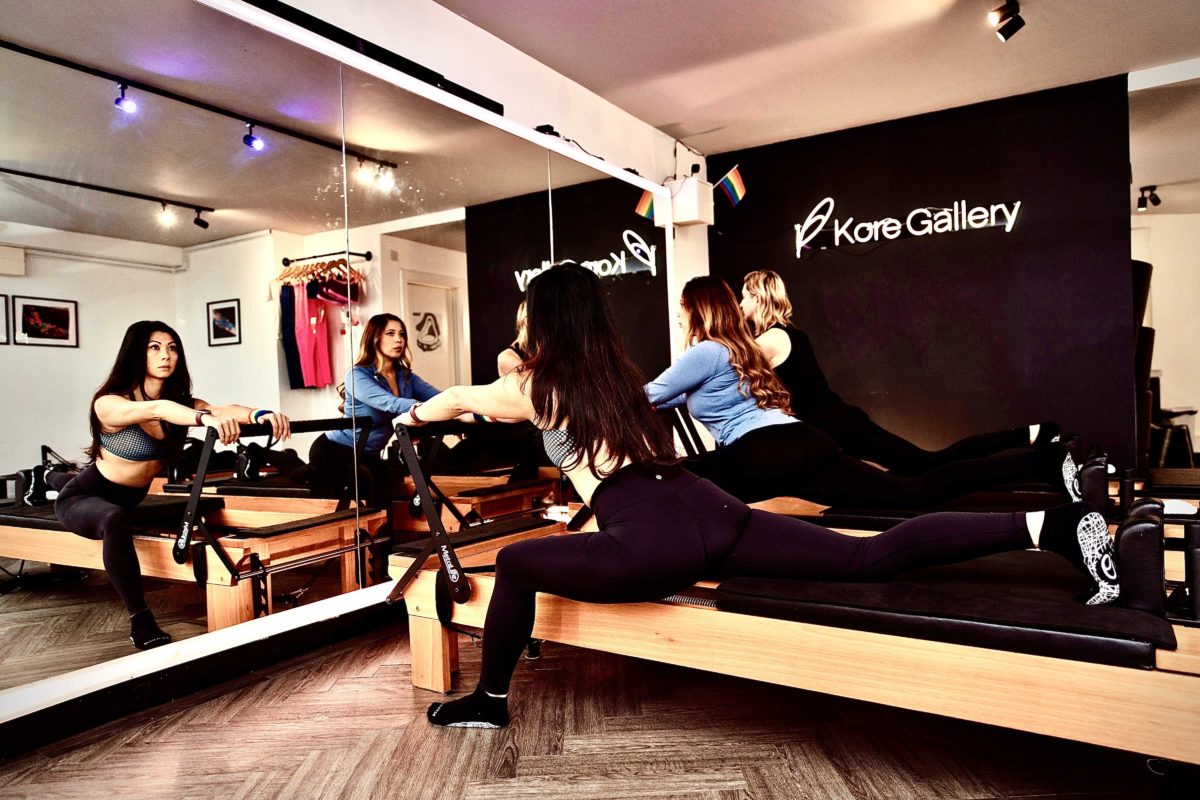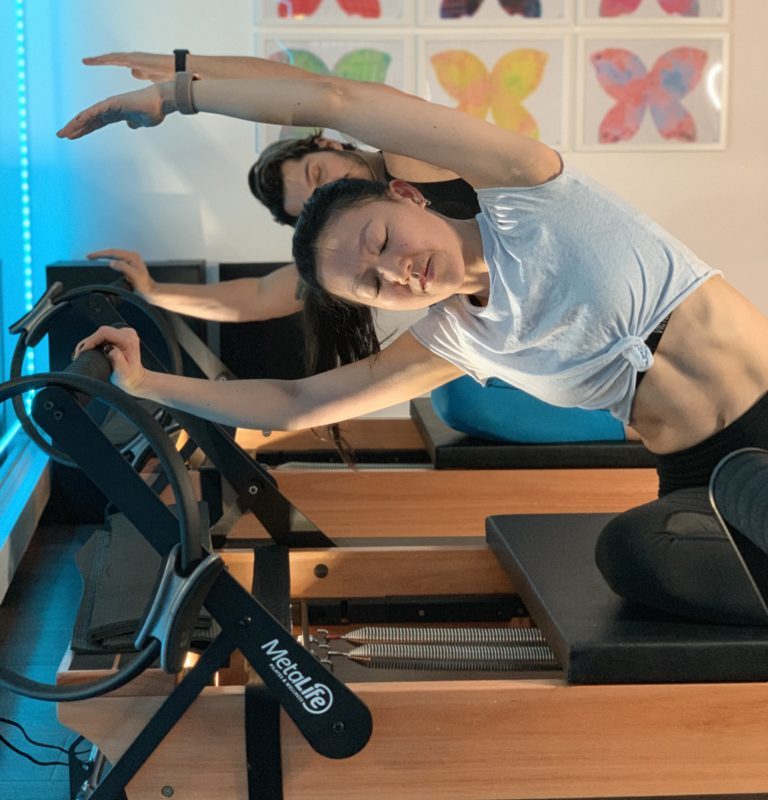Today, we’re taking a little time travel adventure to explore the captivating history and evolution of Pilates. Buckle up because this is going to be a ride filled with twists, turns, and of course, plenty of core engagement. So, grab a comfy spot, and let’s dig into the story of how Pilates became the fitness sensation we know today.
The Origins: Who Was This Pilates Guy Anyway?
Meet Joseph Pilates
Our story begins with a man named Joseph Pilates. Born in Germany in 1883, Joseph faced some health challenges in his early life, including asthma and rickets. Determined to overcome these obstacles, he delved into various fitness disciplines, including bodybuilding, yoga, and martial arts.
The Birth of Contrology
Joseph’s exploration of different fitness methods led him to develop his own system, which he originally called “Contrology.” It was all about the mind-body connection, emphasizing control, precision, and the integration of breath with movement – principles that would become the foundation of Pilates.
New York, New Beginnings
The Big Move
In the early 1920s, Joseph Pilates emigrated to the United States, settling in New York City. There, he opened the first Pilates studio, which was situated in the same building as several dance studios. This proximity to the world of dance had a profound impact on the evolution of Pilates.
Pilates and the Dance World
Dancers quickly discovered the benefits of Pilates for improving strength, flexibility, and body awareness. Many renowned dancers, including Martha Graham and George Balanchine, became regular clients of Joseph Pilates.
The Method Spreads Its Wings
The Pilates Contagion
As dancers and celebrities raved about the transformative effects of Pilates, the method gained popularity beyond the dance community. It started to attract people from all walks of life, including athletes, actors, and everyday fitness enthusiasts.
Joseph’s Legacy
Joseph Pilates continued to teach and refine his method throughout his life. He authored books on the subject and trained instructors to carry on his work. His passion for Pilates never waned, and his dedication laid the groundwork for the global Pilates movement we see today.
The Evolution Continues
Beyond Joseph Pilates
After Joseph’s passing in 1967, his work was carried on by a new generation of Pilates instructors who added their insights and innovations to the method. This evolution led to the development of various Pilates styles and schools, each with its unique approach.
Pilates Equipment
One significant development was the creation of specialized Pilates equipment. Joseph Pilates himself designed some of the earliest apparatus, like the Cadillac and the Reformer. These machines add resistance and support to Pilates exercises, intensifying the workout.
Pilates in the 21st Century
The Modern Pilates Scene
Today, Pilates is a global phenomenon, with studios, classes, and practitioners spanning the globe. It has evolved to meet the needs of contemporary fitness enthusiasts while staying true to its core principles of control, precision, and breath.
Pilates Fusion
Innovative instructors have fused Pilates with other fitness disciplines, creating hybrid workouts like “Piloxing” (Pilates and boxing) and “Yogalates” (Pilates and yoga). These creative combinations offer exciting variations for those looking to spice up their workouts.
Pilates – A Timeless Fitness Revolution
The history and evolution of Pilates are as dynamic as the method itself. From the early experiments of Joseph Pilates to its modern incarnations, Pilates has remained a powerful tool for enhancing physical and mental well-being.
So, the next time you step onto that Pilates mat or climb onto a Reformer, remember that you’re not just exercising; you’re part of a rich legacy that spans over a century. Joseph Pilates’ vision and the contributions of countless instructors and enthusiasts have shaped Pilates into the incredible fitness practice it is today. Keep that core engaged, and let’s continue the Pilates journey together!










